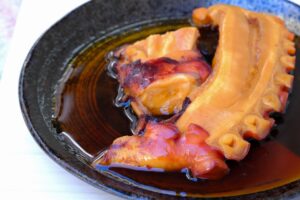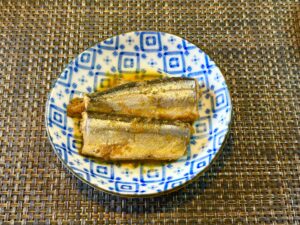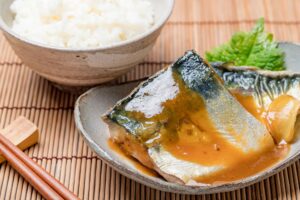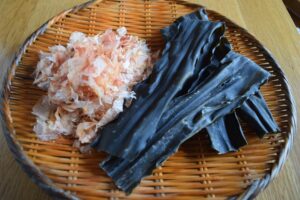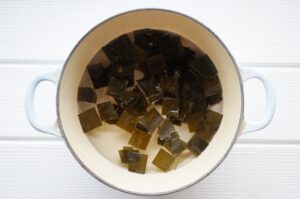Japanese rolled omelette, known as Tamagoyaki, is a popular Japanese egg dish that’s enjoyed in bentos, sushi, and family breakfasts. Combining sweet and savory flavors, this rolled egg creation has captivated tastebuds across the world. In this article, we’ll explore what Tamagoyaki is, how it differs from other omelets, its cultural roots, and how you can make it at home—even without a rectangular pan.
What Is Japanese Rolled Omelette (Tamagoyaki)?
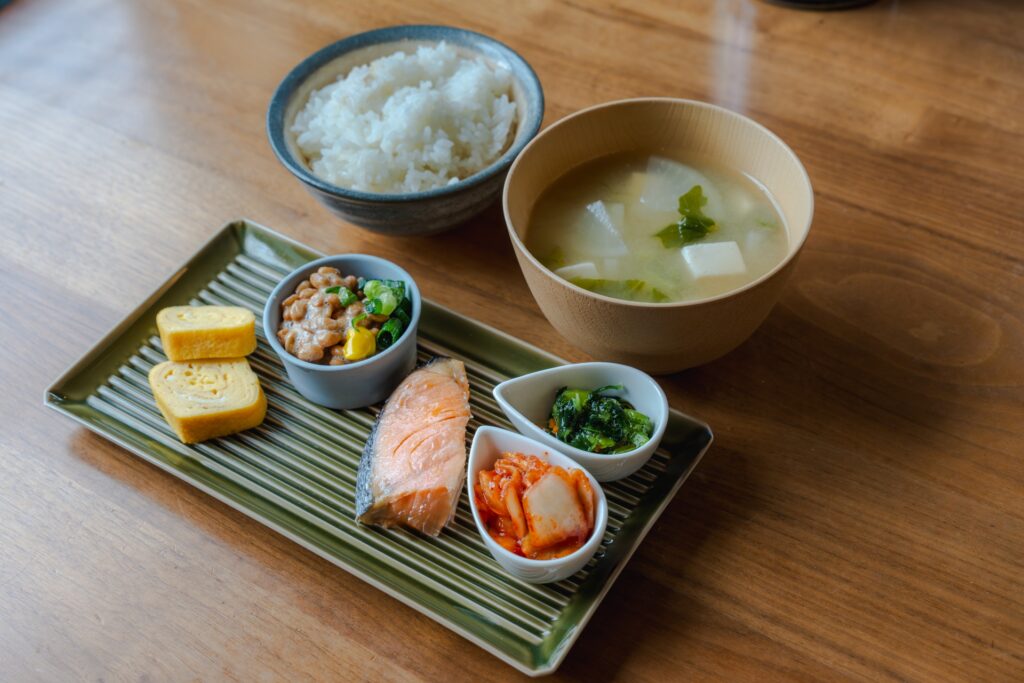
Tamagoyaki, often translated as “Japanese rolled omelette,” is a staple in Japanese home cooking and a beloved item in bento boxes and sushi assortments. This dish is made by cooking seasoned egg in thin layers, then rolling them together into a golden, cylindrical shape. The word “tamagoyaki” literally means “grilled egg,” but the magic lies in the technique and seasoning.
Traditional Tamagoyaki is typically slightly sweet, made with a mix of eggs, sugar, and mirin. A savory variation known as dashimaki tamago includes dashi (Japanese soup stock), giving it a rich umami flavor and a softer, juicier texture. Despite its simplicity, Tamagoyaki requires precision and patience—qualities that make it both a comfort food and a test of culinary skill.
This dish is often enjoyed as part of a Japanese breakfast, paired with rice and miso soup, or tucked neatly into a lunchbox (bento). In sushi restaurants, a neatly cut slice of Tamagoyaki may be served atop rice as nigiri, or presented as a standalone delicacy that reflects the chef’s skill. Its versatility and cultural relevance make it one of Japan’s most iconic egg dishes.
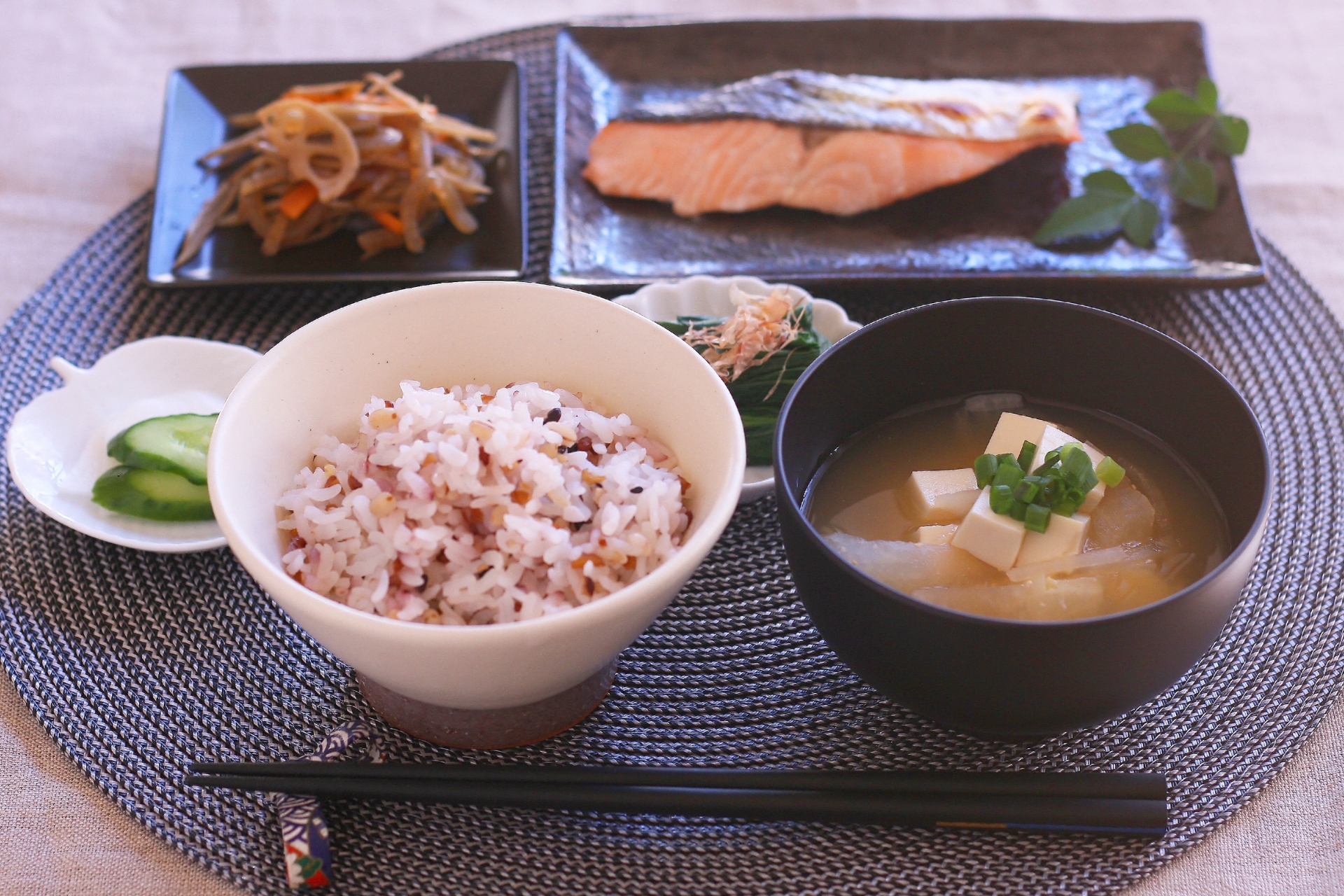
Tamagoyaki vs Dashimaki: What’s the Difference?
Though both Tamagoyaki and Dashimaki Tamago are forms of rolled omelettes, they differ in ingredients, flavor, texture, and regional origin. Tamagoyaki tends to be firmer and on the sweeter side, made using eggs, sugar, and mirin. Dashimaki Tamago, meanwhile, is a softer and juicier version that incorporates dashi (a stock made from kombu seaweed and bonito flakes), resulting in a more savory flavor profile.
Dashimaki is more popular in the Kansai region (Western Japan), while Tamagoyaki is commonly seen throughout Japan, especially in Tokyo (Kanto region). Because of the added dashi, Dashimaki is harder to roll and requires more delicate handling.
| Feature | Tamagoyaki | Dashimaki Tamago |
| Flavor | Sweet or mildly sweet | Savory (with dashi) |
| Texture | Firmer | Softer, more moist |
| Ingredients | Egg, sugar, mirin | Egg, dashi, soy sauce |
| Common Usage | Bento, sushi topping | Breakfast, izakaya dish |
Understanding this distinction helps home cooks choose which version suits their taste or the occasion. Whether you lean toward sweet or umami, there’s a Japanese rolled omelette to love.
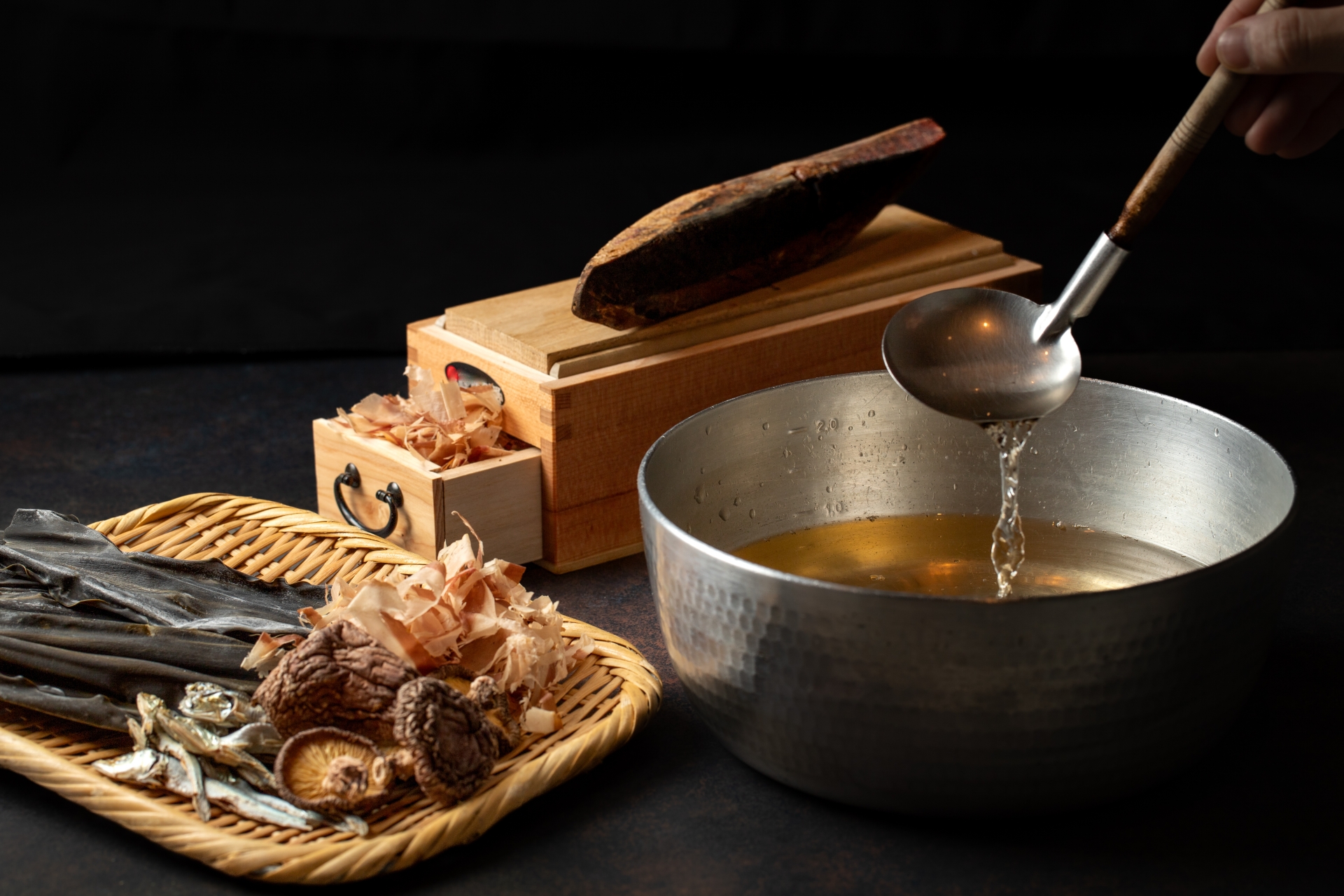
How to Make Tamagoyaki at Home

You don’t need to travel to Japan or visit a sushi bar to enjoy Tamagoyaki—you can make it right at home! The process involves cooking the egg in thin layers and rolling each one to form a firm yet fluffy log. Traditionally made in a rectangular pan called makiyakinabe, it can also be made with a regular round skillet. Below, we’ll walk you through both methods.
Ingredients You’ll Need
To make basic Tamagoyaki, gather the following ingredients:
- 4 large eggs
- 1 tbsp sugar
- 1 tbsp mirin (Japanese sweet rice wine)
- 1 tsp soy sauce (optional)
- A pinch of salt
- Oil for cooking (vegetable or neutral oil)
Optional additions:
- 1 tbsp dashi (for a more umami flavor)
- Nori seaweed
- Grated cheese
- Spinach or scallions for color and nutrition
These ingredients are widely available in Asian grocery stores, and some mainstream supermarkets in the U.S. now stock mirin and dashi packets.
Traditional Cooking Method Using a Rectangular Pan
A makiyakinabe or tamagoyaki pan has a rectangular shape that makes it easier to create neat layers. Here’s how to use it:
- Prep the egg mixture: Whisk the eggs and seasonings until smooth, but avoid overmixing to reduce air bubbles.
- Heat the pan: Lightly oil the pan and set over medium-low heat.
- Pour and roll: Add a thin layer of egg. Once it sets, gently roll it to one end using chopsticks or a spatula.
- Repeat layers: Re-oil the pan, pour more egg, lift the roll, and let the egg flow underneath. Once it sets, roll it toward the opposite side.
- Finish and shape: Repeat until all the egg is used. Press the roll gently with a bamboo mat for a firm, uniform shape. Slice and serve.
It takes practice to master the rolling motion, but even imperfect rolls are delicious!
Alternative Method Using a Round Pan
If you don’t own a rectangular pan, don’t worry. You can make Tamagoyaki with a non-stick round skillet:
- Follow the same egg mixture prep.
- Pour a small amount of the mixture into the skillet, swirl to coat evenly.
- When nearly set, fold or roll it to one side using a spatula.
- Pour the next layer and lift the folded egg to let it spread underneath.
- Repeat until all the egg is used, then shape and slice.
Your final result may not be perfectly rectangular, but it’ll be just as tasty
Cultural Significance of Tamagoyaki in Japan
Tamagoyaki is more than a delicious dish—it’s a deeply rooted cultural icon in Japan. It symbolizes care and home-cooked love, often appearing in children’s bento boxes and school lunches. The act of preparing it for a loved one is seen as an expression of affection and thoughtfulness.
Historically, Tamagoyaki dates back to the Edo period, where it was a popular item in food stalls and later found its way into sushi culture. In high-end sushi restaurants, Tamagoyaki is sometimes served as the final piece, a way for chefs to showcase their technique and balance of flavor.
In Japan’s culinary schools, making a perfect Tamagoyaki is often used as a benchmark of skill. Chefs are tested on how well they can control the heat, texture, and form. The dish holds equal value in home kitchens, izakayas (Japanese pubs), and fine dining establishments, showing its broad cultural reach.

Common Questions About Tamagoyaki
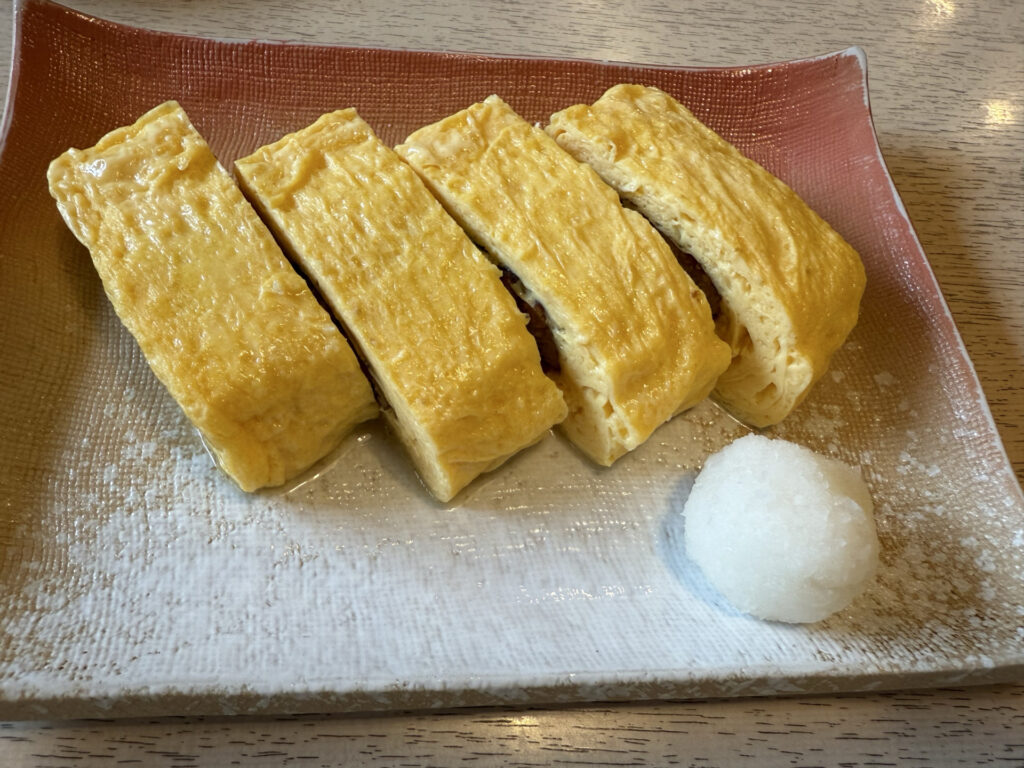
What does Tamagoyaki taste like?
It’s typically sweet and slightly savory, with a light, fluffy texture. When dashi is added, it takes on a more umami-rich flavor.
Is Tamagoyaki sweet or savory?
Both! The basic version is sweet due to sugar and mirin. Dashimaki Tamago is more savory because of the dashi stock.
Can you make Tamagoyaki without a special pan?
Yes. A non-stick round skillet works fine—you just won’t get the traditional rectangular shape.
How is it used in sushi?
Sliced Tamagoyaki is often placed over sushi rice and bound with a nori strip, or cut into blocks and served on its own.
How long does it last in the fridge?
Tamagoyaki can be stored in an airtight container in the fridge for up to 2–3 days. It’s ideal for meal prep or bento.
Tamagoyaki Variations and Modern Twists
Modern home cooks and chefs have gotten creative with Tamagoyaki. Here are some exciting variations:
- Cheese Tamagoyaki: Melty cheese adds richness and texture.
- Spinach or herb Tamagoyaki: Bright green vegetables add color and nutrition.
- Nori-layered Tamagoyaki: Sheets of seaweed create contrast and umami.
- Vegan Tamagoyaki: Made with chickpea flour, silken tofu, or JUST Egg for a plant-based version. Seasoned with black salt (kala namak) to mimic eggy flavor.
- Low-sugar Tamagoyaki: Perfect for health-conscious eaters or diabetic diets.
These variations make Tamagoyaki accessible to a wider audience while retaining its core technique and appeal.
Where to Try or Buy Tamagoyaki Outside Japan
You can find Tamagoyaki at many Japanese restaurants and sushi bars across the U.S. It’s often served in sushi assortments or bento-style meals. Look for it at places like:
- Local sushi chains (e.g., Sushi Stop, Sushi Gen)
- Japanese grocery stores (Mitsuwa, Nijiya, H Mart)
- Asian supermarkets with ready-to-eat sections
When buying pre-made Tamagoyaki, check labels for freshness and whether it’s the sweet or dashi-infused type. Some frozen options are available as well and just need reheating.
For DIY enthusiasts, many online retailers (like Amazon or Japan Centre) offer tamagoyaki pans, dashi powder, and other ingredients shipped right to your door.
Final Thoughts
Tamagoyaki is more than just an egg dish—it’s a representation of Japanese culinary elegance and everyday comfort. Whether you enjoy it in a sushi roll, bento box, or warm off the stove, Tamagoyaki brings joy and flavor in every bite.
With simple ingredients and a little practice, you can recreate this Japanese classic at home. So grab your eggs, heat up that pan, and roll your way into one of Japan’s most delightful traditions.





